Consuming innovation vs. creating innovation
At Net Group, Synerall, and Depowise we like to see ourselves as innovators. The makers of change. Instead of just surfing on waves of technological shifts, although principal, we’re more interested in making a splash. Even better a small tremor that makes waves other companies, our partners and clients alike, can ride to stride forward.
To put thoughts in context, here’s an example that helps illuminate this difference: Using the first-ever iPhone was a trendsetting and courageous act, no doubt about it. You may as well call it innovative. But we learned from experience that the act of creating is way more fulfilling and truly innovative. What’s more, it keeps the fire burning and the journey more absorbing.
That’s why at Net Group we want to craft the future, not just embrace it.
Pioneering the unseen: Why and how we test the uncharted markets?
Creating new markets and developing new products requires resources. Firstly people, then time and money.
In a Harvard Business Review’s take on managing innovation, it was revealed that highly successful companies, like Google, allocate about 10% of their resources to creating entirely new products and testing new markets. This might seem like a significant portion, but the results speak for themselves.
The research indicates that seeking innovation can yield an impressive 70% ROI. In contrast, sticking to an established business model only led to a meager 10% return. Perhaps, taking a gamble on breakthrough development has the odds stacked in the innovator’s favor. So, in case anyone’s wondering, being crazy enough to change the world does as well pay dividends.
However, innovating – and you guessed it – is not a walk in the park. It demands discipline, knowledge, resources, and most of all methodology. That is why Net Group uses the innovation tunnel framework.
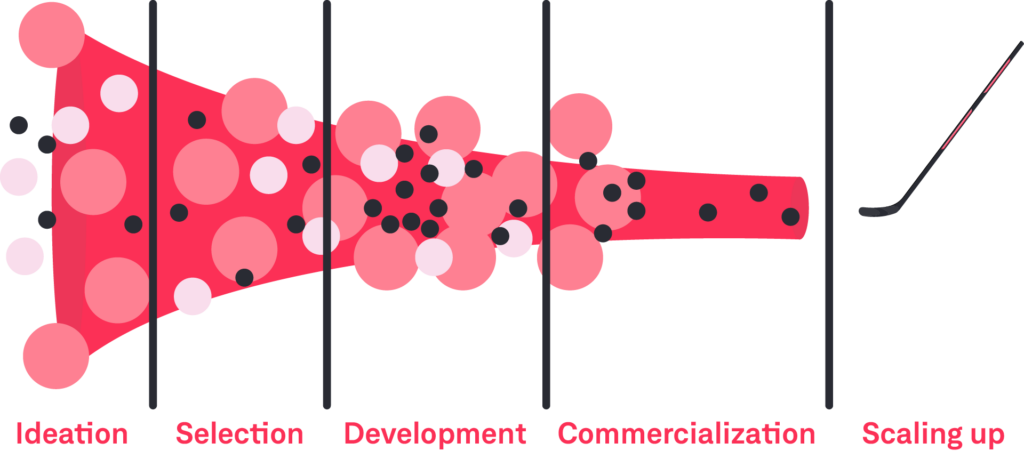
To make the process feasible, the innovation tunnel splits the process into 4 stages:
- Ideation. Includes basic research for new ideas and concepts;
- Idea testing. Delves into what to invest in and what ideas to test;
- Development. Creation of a new product or service;
- Implementation. In which a product or service is brought to market.
In order to verify that the innovation funnel process runs smoothly, it is imperative to identify the key metrics first. These KPIs will ensure that each stage of the process is effectively managed and optimized. They encompass the following aspects:
Ideation quality (Ideation phase). The percentage of ideas that successfully transition from the ideation phase to the testing phase.
Testing duration (Idea testing phase). In the second phase, measuring the time allocated for thorough testing.
Success rate (Implementation rate). A number of projects that make it through the year, expressed as a percentage among those that have reached the implementation stage.
In conclusion, fostering innovation within companies emerges as a pivotal driving force for sustained growth and success. Our commitment to the principles of Real Innovation at Net Group has led us to witness the development of not only Synerall and Depowise but also over 10 smaller spin-offs that are already or ought to be thriving in global markets.
Similar insights
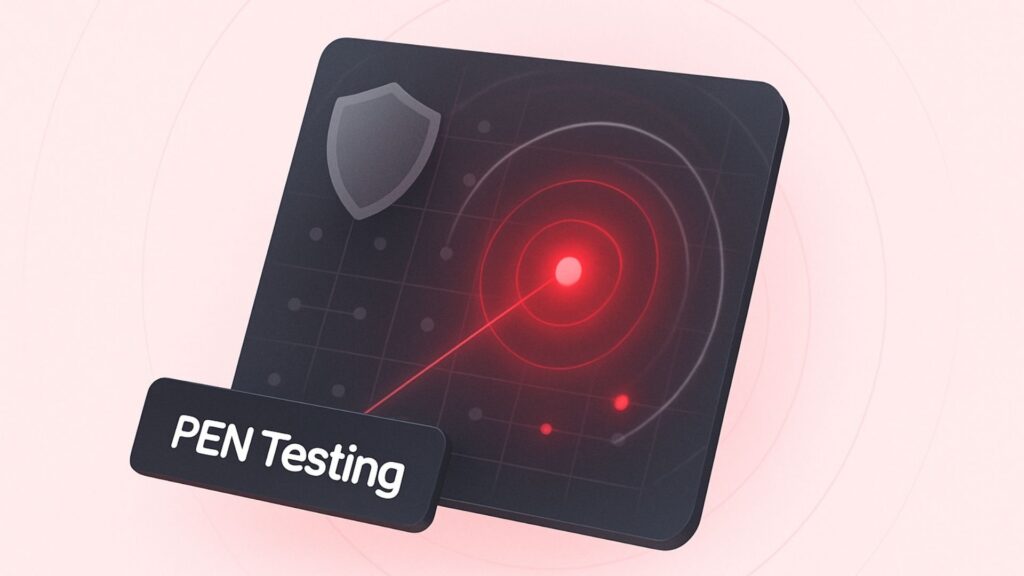
Think You’re Secure? PEN Testing Will Tell You
15/05/2025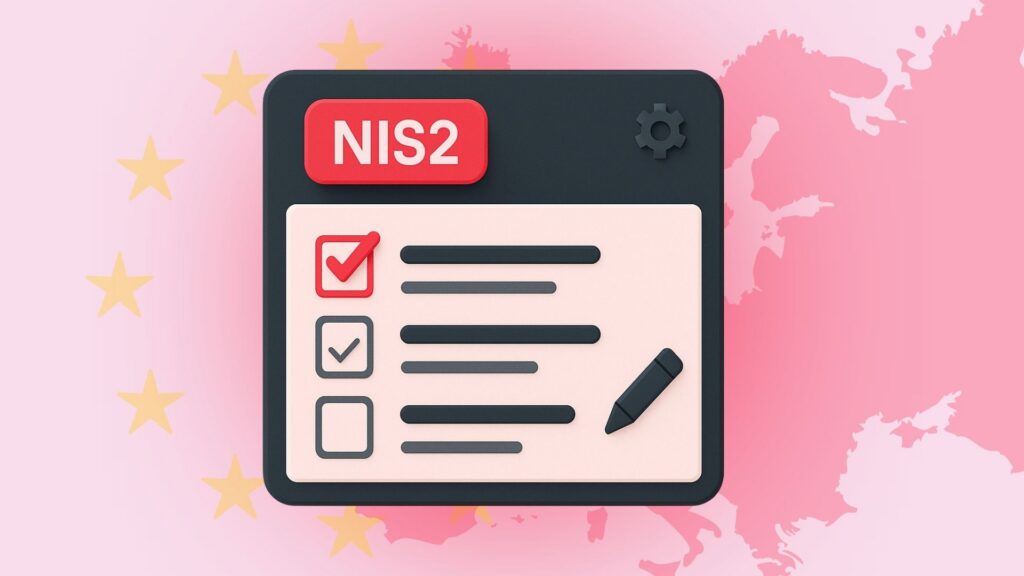
NIS2 Compliance: A Simple Guide to Get It Done Right
15/05/2025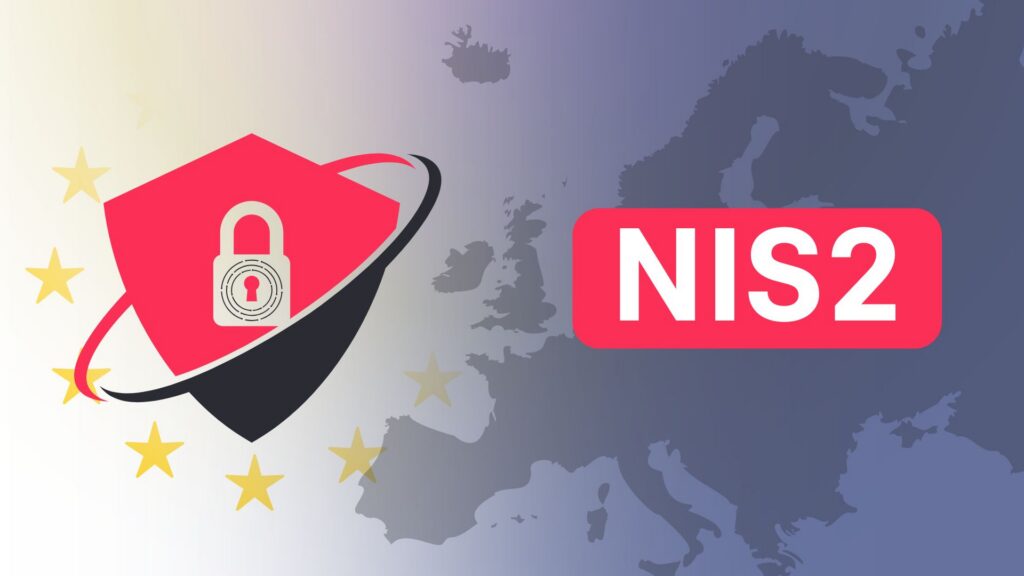
NIS2 Directive Explained: What Your Business Needs to Do Now
29/04/2025
Net Group Expands into Germany and Acquires Cybersecurity Company
04/04/2025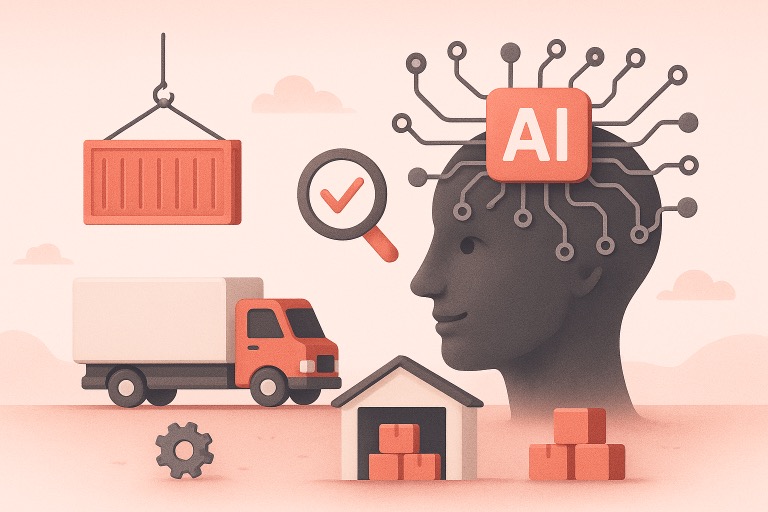
AI in Supply Chains: Precision, Profit, and Practicality (Today)
01/04/2025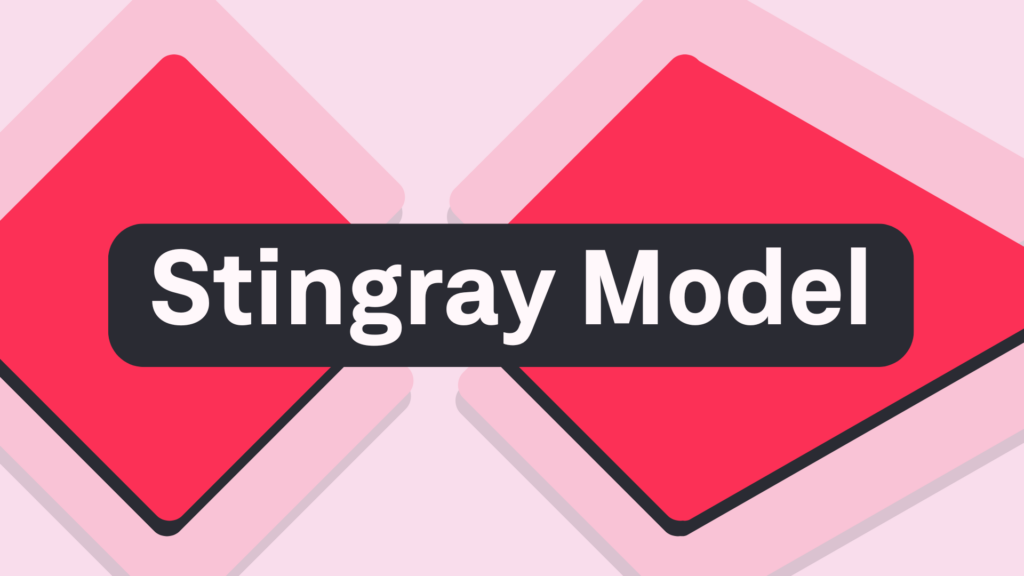
The New Playbook for Innovation: Stingray Model
24/01/2025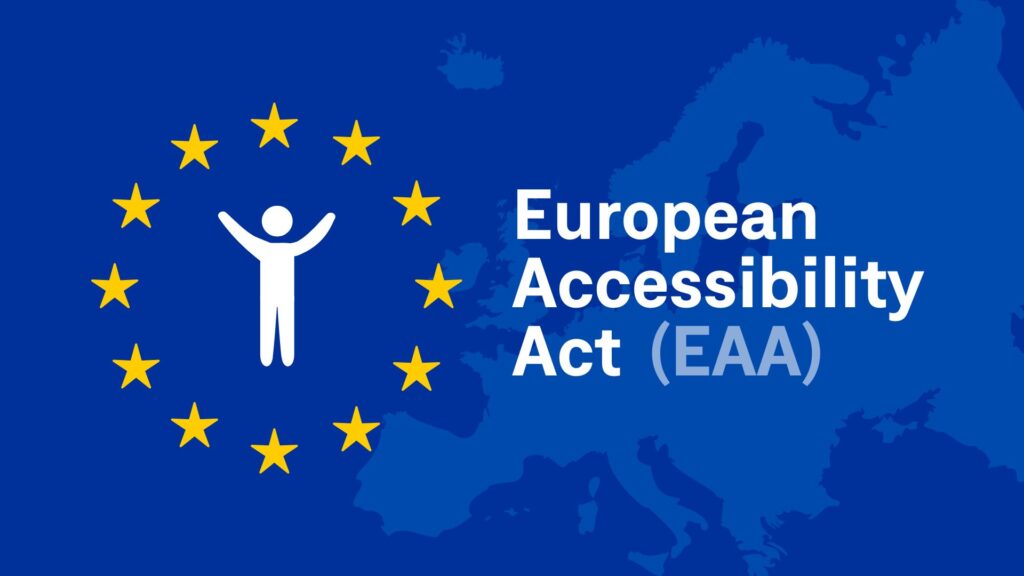
The European Accessibility Act: Is Your Business Ready?
06/01/2025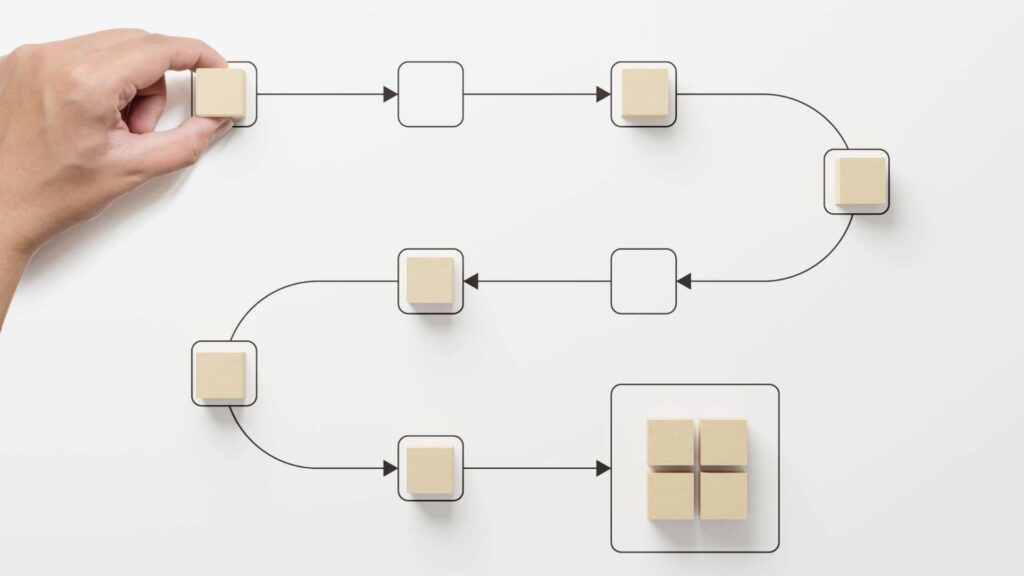
Evolution of Automation: Trust, Technology, and the Future of Work
12/11/2024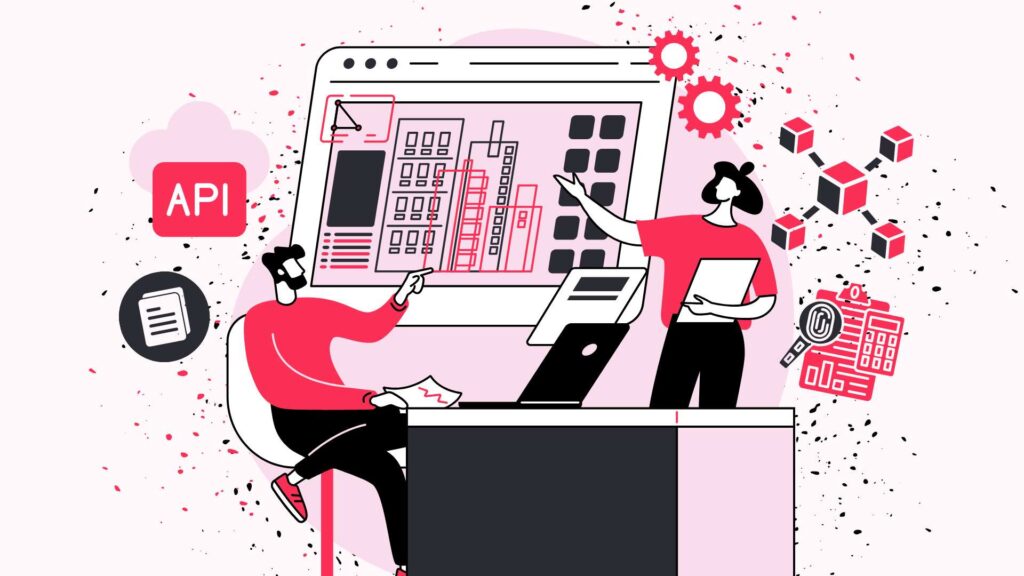
Has Anyone Told You About Digital Architecture Analysis Yet?
30/10/2024
Let the success
journey begin
Our goal is to help take your organization to new heights of success through innovative digital solutions. Let us work together to turn your dreams into reality.